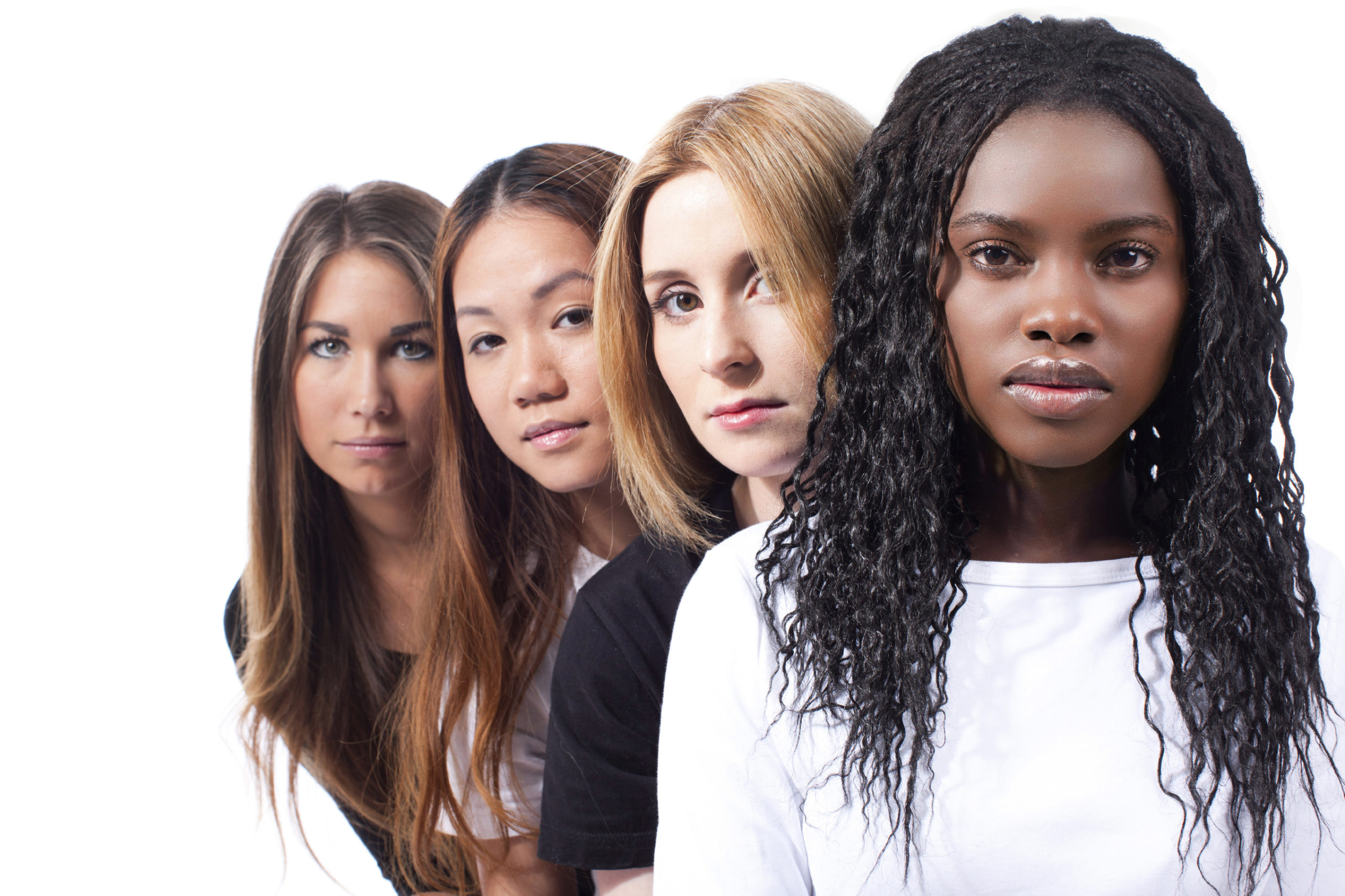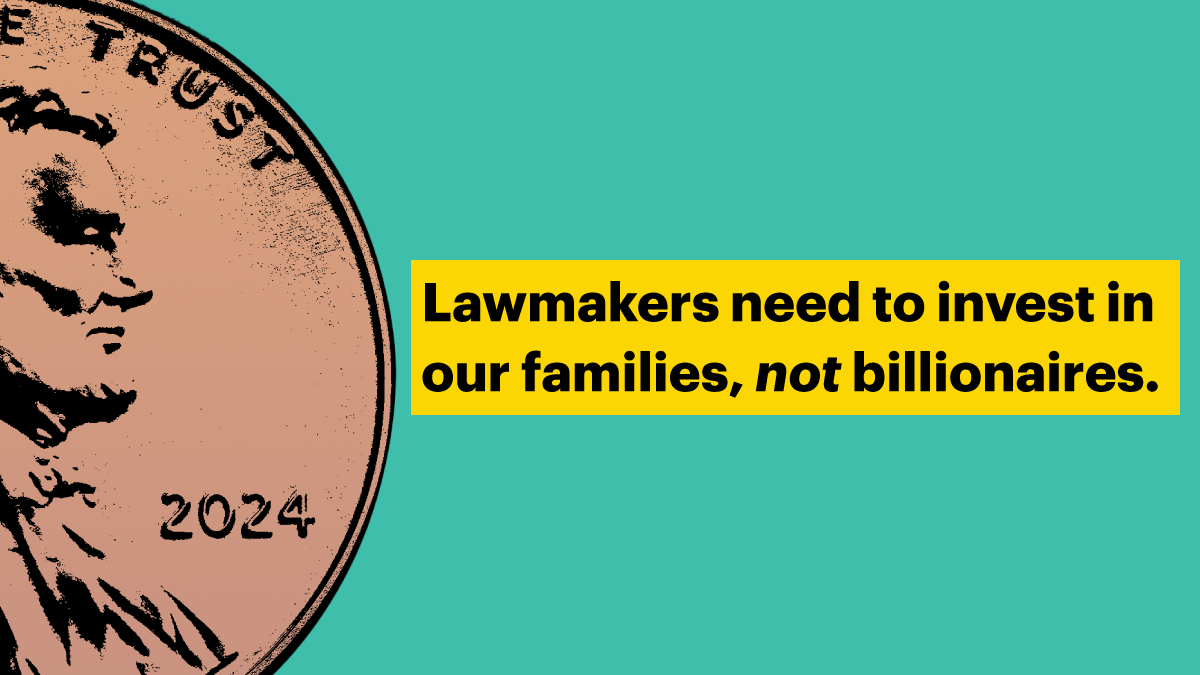Abortion rights, women of color, and LGBTQIA+ people are under attack. Pledge to join us in fighting for gender justice.
Making Sense of Millennial Women’s Poverty
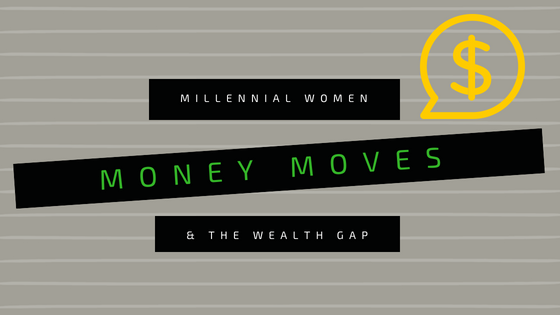
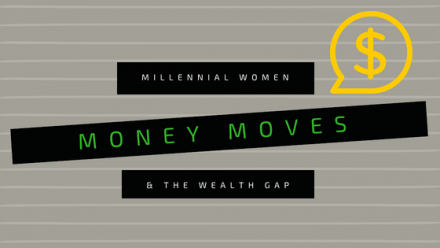
This is the fourth part of a twelve-part blog series that tackles the obstacles to wealth building that Millennial women face over their lifetimes. The goal is to unpack the forces that create the wealth gap for Millennial women and point to both practical advice and policy suggestions that can help create a more stable economic future for this generation of women.
Census data released this month highlighted the economic realities of many Americans in 2017. Comprised of both national and state-level data, the Census contains very useful information about poverty rates, household income, and health insurance coverage. There was some good news this year: the median household income in 2017 went up 1.8 percent from the previous year, and the official poverty rate went down 0.4 percentage points. But, how did Millennials fare?
A little backstory: When the 2015 Census data was released, Millennials[1] got a lot of attention because the data depicted some harsh economic realities that seemed to contradict popular stereotypes of Millennials with liberal arts degrees who spend afternoons sipping almond milk lattes and their evenings sleeping on their parents’ couches. That year, data showed that Millennial women were more likely than women of any other age group to be poor and 18 percent of Millennial women were living in poverty, which was double the rate of Millennial men.
Now, two years later, let’s see what the data say about Millennial women and poverty. [Note: The numbers below single out Millennials ages 25-34, which is right in the center of the designated age range.]
Fifteen percent of Millennial women ages 25-34 lived in poverty in 2017, which is a small drop compared to 2015 (when the number reached 16 percent).
Almost nine percent of Millennial men 25-34 lived in poverty in 2017, which also represents a decline from 2015 (when it was 9.9 percent. This head-to-head comparison shows that rates of poverty for Millennial men are consistently lower, which is consistent with poverty data showing women are more likely than men to live in poverty.
The gap between poverty rates for Millennial men and women slightly increased between 2015 and 2017. There is a 6.3 percentage point difference between Millennial men and women’s poverty rates, which is up 0.2 since 2015—not a big jump, but worth noting, nonetheless.
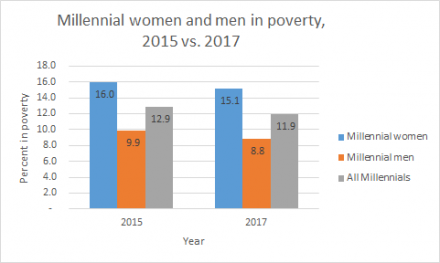
Breaking the data down by race is even more illuminating. Millennial women have higher poverty rates than men of the same race in all racial categories. In 2017, 11.4 percent of white, non-Hispanic Millennial women ages 25-34 lived in poverty, whereas only 6.9 percent of white, non-Hispanic Millennial men lived in poverty (each group saw a 0.1 increase in poverty since 2015). As you can see from the chart below, which highlights 2017 data, the smallest poverty gap is between Asian Millennial men and women (2 percentage points) and the largest gap is between Black Millennial men and women (10 percentage points), followed closely by Latinx Millennial men and women (9 percentage points).

These data show that sex and race intersect in ways that decrease the economic security for Millennial women of color.
There’s not one singular cause of Millennial women’s poverty. Some of the key things that characterize a securely middle class life for Boomers (a good, affordable education, buying a home, and having decent employer-sponsored health insurance) are all astronomically priced today–to the point where Millennials are deep in student loan and credit card debt, are buying homes at much lower rates than Gen Xers and Boomers did at the same age, and are holding on to their ACA plans for dear life while the Trump administration tries to gut the law.
The early careers of many Millennial women were defined by the uncertainty of the Great Recession, a period defined by job loss and a nationwide housing crisis. Despite being in the recovery years, Millennials are making (on average) 20 percent lower wages than their Boomer parents did at the same age and, for Millennial women, these wages are even more depleted by the gender wage gap, which widens depending on women’s race.
Just as you start to think you’ve got a full picture of Millennial women’s poverty, there’s more…
Many Millennial women are in their prime childbearing years, which means they are starting families and paying for child care at a time in their lives when they are earning the least. When combined with other factors like pregnancy discrimination, the medical costs associated with pregnancy, labor, and the sad state of paid family leave policies in this country, Millennial mothers face many economic challenges.
But why stop there? Throw in some unbalanced caregiving responsibilities for children and aging parents for good measure, and, suddenly, it’s easy to see why Millennial women who are already in poverty are much more likely to stay that way.
But there are policies that can make a difference for Millennial women struggling to make ends meet. Millennial women, along with millions across the country, benefit from family support programs that help provide a basic standard of living. For example, in 2016, 21.5 percent of all SNAP recipients were ages 18-34. These numbers show that keeping public benefits programs — like SNAP — intact and adequately funded is crucial to helping Millennial households survive and thrive. There are also proposals that would extend the Earned Income Tax Credit (EITC) to workers without dependent children. This expansion would benefit millions of women, including Millennials, who are shouldering the financial burdens of low-wage work and student loan debt.
While we’re waiting on our legislators to get their act together, there are things that you can do now to help ensure your economic security. First, get informed about what financial supports you have access to. Reach out to your student loan officer and see what options you have for repaying and managing your student loan debt. At work, talk to your HR representative about your employer’s paid family and sick leave policies (which can be very important to learn about if you’re a Millennial parent), health insurance options, and retirement savings matches in order to make sure you’re taking full advantage of what’s being offered. Next, get involved in local community activism. Chances are there’s a group in your area that is fighting for the issues you care about, whether it’s higher minimum wages or fair work schedules. Lastly, don’t be afraid to call your representative and let him or her know your stance on the issues that are most important to you.
Despite arguments to the contrary, Millennials aren’t living in poverty because they’re buying an iPhone instead of health insurance or ordering avocado toast at brunch instead of saving for a down payment on a home. It’s time to step back and bust the narrative that Millennials are poor because of bad personal decisions by looking at the obstacles that keep Millennial women in poverty and focus on some policies that can help.
[1] This blog series uses the definition of Millennials outlined by Pew Research Center here as those born between 1981 and 1996, making these young adults anywhere between 22 to 27 years-old in 2018.


